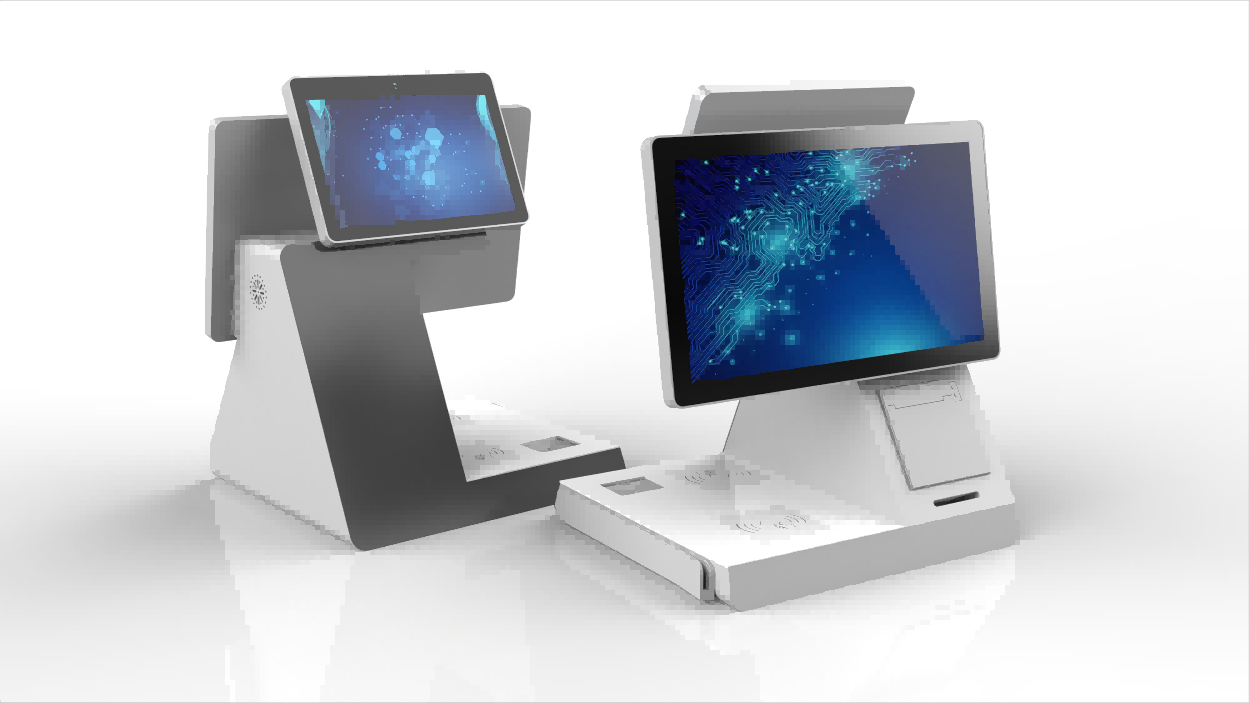A touch screen kiosk is an automated self-service device equipped with a touch-sensitive screen that enables users to interact with digital content and perform various tasks without the need for physical buttons or keyboards. These kiosks are designed to enhance user convenience and streamline operations across multiple industries by providing intuitive, user-friendly interfaces.

Industry Uses:
1. Retail: Provide product information, inventory checks, and self-checkout services.
2. Hospitality: Enable guests to check in, make reservations, and access hotel services.
3. Healthcare: Assist patients with appointment check-ins, information retrieval, and wayfinding.
4. Education: Offer campus maps, event schedules, and information kiosks for students and visitors.
5. Transportation: Facilitate ticket purchases, check-in processes, and real-time schedule updates.
6. Banking: Allow customers to perform banking transactions, account inquiries, and payments.
7. Public Services: Provide access to government services, information, and bill payment options.
1. User-Friendly: Offer an intuitive interface that simplifies user interaction and enhances the overall experience.
2. Efficiency: Reduce wait times and streamline processes, increasing operational efficiency.
3. Accessibility: Make services and information readily available to users at any time.
4. Cost-Effective: Lower operational costs by reducing the need for staff to manage routine tasks.
5. Versatility: Support a wide range of applications and functions across different industries.
6. Engagement: Enhance user engagement through interactive and dynamic content.
1. Touchscreen Display
- The central component for user interaction and information display. Typically, high-resolution capacitive touchscreens are used for smooth operation and clear visibility.
2. Processor
- Powers the kiosk's operations and ensures fast processing of user inputs and application functions.
3. Printer
- Used for printing receipts, tickets, and other documents. Usually equipped with thermal printing technology for durability and clarity.
4. Card Reader
- Supports magnetic stripe and chip card reading for payment processing and identity verification.
5. Barcode Scanner
- Scans barcodes for product information, tickets, or user identification.
6. Camera
- Used for security monitoring, facial recognition, and user interaction recording.
7. Audio Output Devices
- Provide voice prompts and multi-language support to enhance user experience.
8. Network Connection Module
- Supports wired and wireless network connections to ensure real-time communication and data transmission with backend systems.
9. Enclosure and Security Features
- Protects internal components from damage and unauthorized access, often featuring robust security locks and durable materials.
1. Operating System
- Common operating systems include Windows, Linux, or Android, providing a stable running environment and diverse development interfaces.
2. Application Software
- Custom-developed applications responsible for interface display, user interaction, and data processing. Designed in a modular fashion to facilitate feature expansion and updates.
3. Backend Management System
- Responsible for device monitoring, data collection and analysis, content management, and system maintenance. Provides remote monitoring and management functions to ensure the normal operation and timely maintenance of the devices.
4. Database System
- Stores user data, transaction records, and log information. Common database systems include MySQL, PostgreSQL, etc.
5. Network Communication Module
- Uses TCP/IP protocol to exchange data with the backend server through wired or wireless networks. Supports VPN and other secure connection methods to ensure data transmission security.
6. Security Module
- Includes firewalls, encryption modules, authentication systems, etc., to ensure the security of data and user information.
7. Interface Module
- Provides interfaces with payment gateways, information systems, and management platforms to ensure seamless integration and data sharing with external systems.